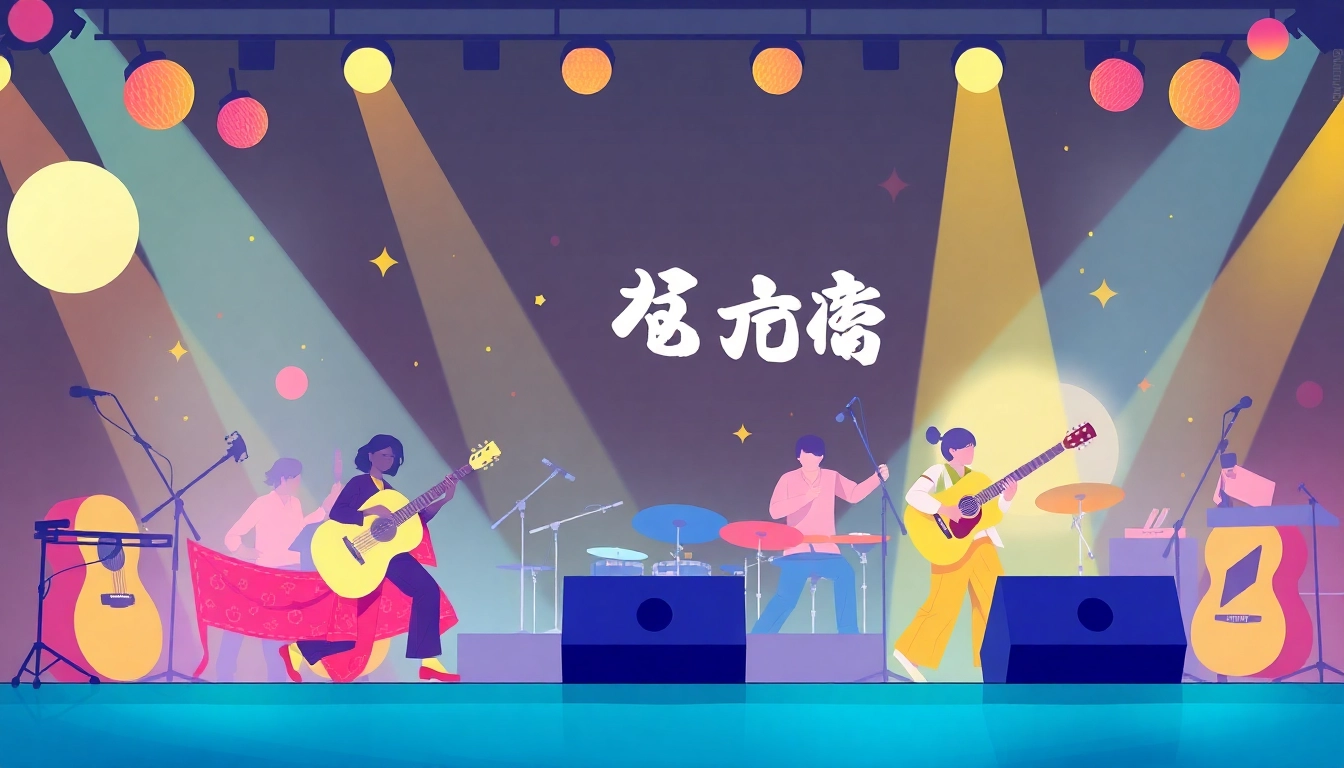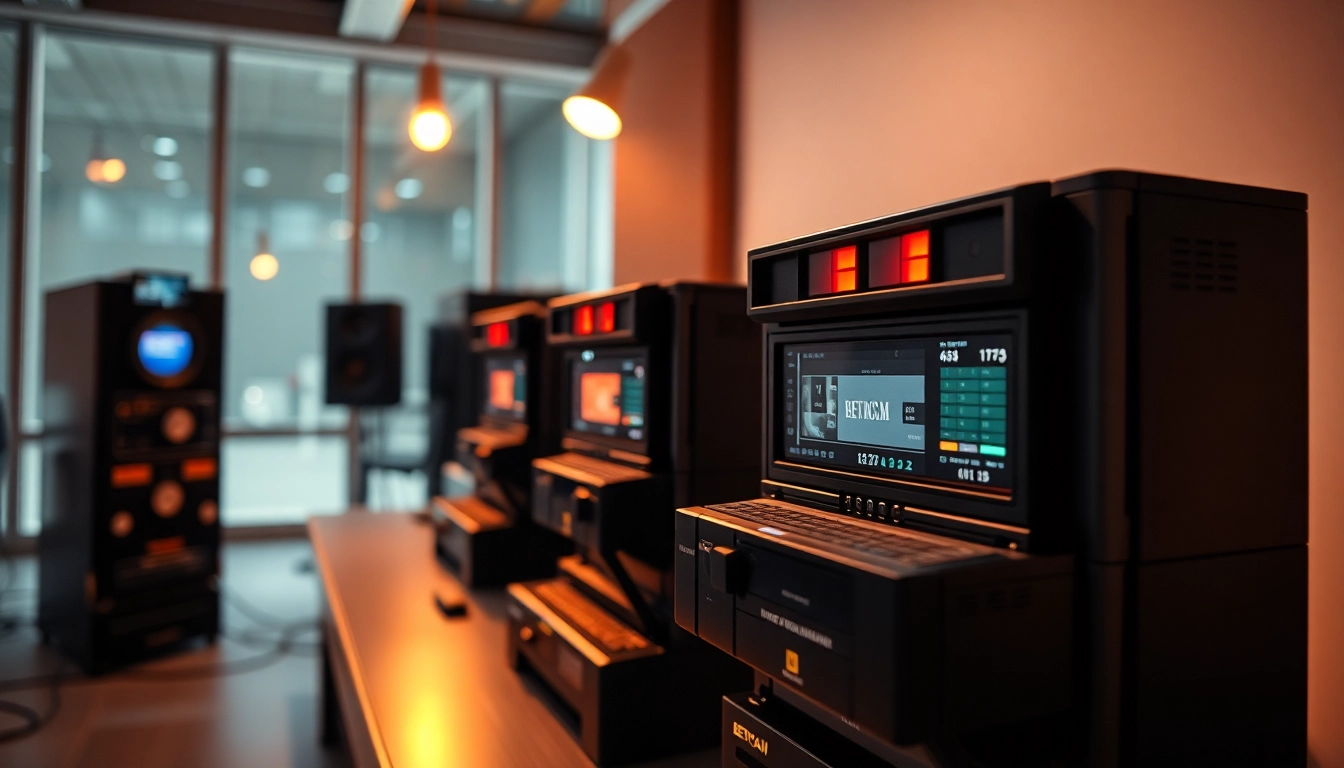Understanding Music Pitching
What is Music Pitching?
In the music industry, music pitching refers to the process of promoting a song, album, or artist to various stakeholders, including record labels, curators, blogs, and playlist editors. This strategic endeavor aims to secure placements on popular streaming playlists, earn media coverage, and ultimately increase an artist’s visibility and listener base. At its core, music pitching combines elements of marketing, communication, and networking, making it a crucial aspect of an artist’s career, especially for those operating outside the mainstream music industry.
The Importance of Music Pitching
Music pitching is vital for artists seeking to make a mark in a highly competitive landscape. With millions of new songs released each year, the chances of being noticed organically are slim. The right pitch can open doors to playlists that have millions of followers, leading to a significant increase in streams, downloads, and overall fan engagement. This is particularly crucial for independent artists who often rely on playlist placements to gain traction and engage with potential fans. Moreover, effective pitches can lead to opportunities for collaborations, live performances, and even recording contracts, reinforcing the idea that music pitching is not just about visibility but about creating long-term industry relationships.
Common Misconceptions About Pitching
There are several misconceptions surrounding music pitching that can hinder the efforts of emerging artists. A common belief is that pitching is only necessary for established artists or those within a label’s promotion team. In reality, every artist, regardless of their stage in the career, should engage in pitching to grow their audience. Another misconception is that a great song will naturally attract attention without the need for an active pitching strategy. While musical quality is crucial, a well-crafted pitch is equally important to get that song into the hands (or playlists) of the right people. Finally, many artists think they need to create a perfect pitch on the first attempt; however, pitching is often a learning process that can be refined over time based on feedback and results.
Preparing Your Music for Pitching
Key Elements to Include in Your Pitch
A successful pitch begins with understanding what to include. Start with a concise and compelling subject line that grabs attention and clearly states the purpose of your communication. Bridging into the body of your pitch, ensure to include relevant details such as your artist bio, the context of the song, and its unique selling points. Highlighting your accomplishments, musical influences, and links to your previous work can help contextualize why your music matters. Don’t forget to include high-quality links to your music, preferably on platforms like Spotify, SoundCloud, or Apple Music, to facilitate easy access for recipients to listen.
Creating a Press Kit that Stands Out
Your press kit, or Electronic Press Kit (EPK), is a vital tool in your pitching arsenal. It should provide a comprehensive overview of who you are as an artist. Essential elements of your EPK include:
- Professional Bio: A brief, engaging narrative about you, your musical journey, and your future aspirations.
- Music Samples: Include links to your best work. It’s wise to curate a selection that showcases your versatility.
- High-Quality Photos: Professional images can make a significant difference. They add a visual dimension to your identity as an artist.
- Press Coverage: If you’ve received media attention, include reviews, interviews, or features to boost your credibility.
- Contact Information: Clearly outline how interested parties can get in touch with you or your management.
Remember, your EPK is a reflection of your professional persona, so ensure it’s polished and well-organized.
Identifying Your Target Audience
Identifying your target audience is crucial in crafting targeted pitches that resonate with the right curators and editors. Start by analyzing where your music fits within the larger genres or niches. Pay attention to the playlists and blogs that cater specifically to your genre, as targeting your pitch to the right audience significantly increases your chances of success. Utilize tools like Spotify’s analytics to gather insights into your existing listeners, and consider the demographics of those who engage with similar artists. By aligning your pitch with audiences who are already inclined to appreciate your style, you can enhance your pitch’s relevance and effectiveness.
Effective Techniques for Music Pitching
Crafting the Perfect Email Pitch
Your email pitch is often the first impression curators and industry professionals will have of you, so it’s essential to make it count. Start with a strong subject line that piques interest without being misleading. In the body, begin with a brief introduction about yourself and your music, followed by the purpose of the email. Keep it concise; aim for a few short paragraphs that get to the point quickly. Include a clear call to action, inviting the recipient to listen to your track and providing links to your music. Also, make sure to personalize each email; addressing the curator by name and mentioning specific playlists or features they have curated shows you’ve done your research and increases your chances of a positive response.
Leveraging Social Media for Pitching
Social media platforms are invaluable for breaking down barriers and connecting directly with curators and potential fan bases. Initiate relationships by engaging with curators on platforms like Instagram, Twitter, and even TikTok by sharing their posts, commenting on their selections, and being part of their communities. When you do reach out to pitch your music, reference your interactions to reinforce the connection. Furthermore, you can use your social media channels to promote behind-the-scenes content or teasers of upcoming releases, creating buzz and interest even before the pitch.
Engaging with Playlists and Curators
Building relationships with playlist curators is an ongoing process that requires diligence and professionalism. Start by identifying curators that align with your music style and target audience. Once you reach out, maintain a rapport with these individuals without becoming overly pushy. Share your music, but also engage with their playlists and provide feedback on how much you appreciate their curations. This fosters goodwill and positions you as a supportive artist rather than just someone seeking a favor. Moreover, keep track of your contacts and interactions through a spreadsheet or CRM system to ensure you remember who you’ve pitched and when to follow up.
Measuring the Success of Your Pitch
Tracking Response Rates and Engagement
Once you’ve embarked on your music pitching efforts, measuring success becomes necessary to refine your strategies. Start by tracking response rates to your pitches. Keep a record of how many emails were sent versus how many received a reply or resulted in a playlist placement. Tools like Google Analytics can also help measure additional engagement metrics, like the increase in streams or followers that stemmed from your pitches. Understanding these metrics will provide insight into the effectiveness of your tactics and guide future pitches.
Adjusting Your Strategy Based on Feedback
Feedback is one of the most valuable tools you can leverage during your pitching process. If curators are responding positively to a certain type of pitch or music style but not others, consider adjusting your approach based on this feedback. Are there common themes in the rejections, such as style mismatches or lack of promotional material? Adjust your music selections, and refine your press kit or bio accordingly. The iterative process of adapting and evolving based on feedback can lead to increasingly successful pitches over time.
Setting Realistic Expectations for Outcomes
Setting realistic expectations when it comes to music pitching is vital for maintaining morale and motivation. Understand that rejection is a common aspect of this process, even for seasoned professionals. Rather than seeing rejection as a failure, consider it a stepping stone towards improvement. Each interaction can provide valuable insights that will refine your future efforts. Aim for incremental wins; securing one playlist feature or favorable review can lead to networking opportunities and greater exposure down the line.
Common Challenges in Music Pitching
Overcoming Rejection and Criticism
Rejection, in any form, can be disheartening, particularly for artists passionate about their work. Developing resilience is key to overcoming this aspect of pitching. Remember that each rejection often stems from factors beyond your control, such as a curator’s existing playlists or their criteria for music selection. To combat feelings of doubt, surround yourself with supportive peers, seek constructive criticism from trusted friends, and focus on growing your musical craft. Establishing a routine of self-reflection and goal setting can keep your focus on your trajectory rather than the setbacks.
Staying Motivated as an Independent Artist
Motivation as an independent artist can wane, especially when faced with the numerous challenges of pitching. Setting short-term and long-term goals can provide structure to your journey and allow you to celebrate small victories, fostering a sense of accomplishment. Additionally, building a community of like-minded artists allows for shared experiences and encouragement. Remember, your passion for creating music should be your driving force. Seek inspiration not just in the big wins but in the daily process of making and sharing your art.
Innovative Solutions for Pitching Difficult Genres
Pushing the boundaries of your genre can create unique challenges when pitching. Certain genres may have specific curators or niche platforms where they receive more attention. If you’re working in a less defined genre or experimental space, get creative with your pitch strategy. Seek out collaborative opportunities with artists in more mainstream genres to gain broader exposure, or consider alternative platforms like Bandcamp or SoundCloud, which cater to indie and avant-garde music audiences. Additionally, networking at genre-specific events can help identify key players who are passionate about what you do.















Leave a Reply